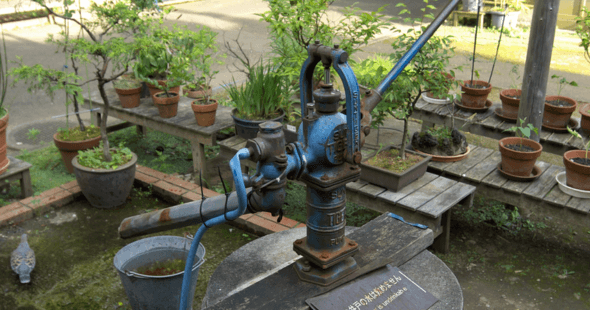Discovering manganese in your well water can be disconcerting. This naturally occurring element, while essential in small amounts for human health, can cause unpleasant taste, staining, and even plumbing issues when present in high concentrations. If your water has a metallic taste, leaves black or brown stains on fixtures, or you’ve received a water test indicating high levels of manganese, it’s crucial to address the issue. Here’s a straightforward guide to understanding and eliminating manganese from your well water.
Understand the Source
Manganese is often found in groundwater due to the dissolution of manganese-containing minerals into the water supply. Its presence in well water can vary seasonally and geographically, influenced by the local geology and the depth of your well.
Testing Your Water
The first step in addressing manganese in your well water is to test and confirm its presence and concentration. Water testing kits are available for purchase, or you can hire a professional to conduct the analysis for you. The U.S. Environmental Protection Agency (EPA) recommends a manganese level of 0.05 mg/L (milligrams per liter) or less in drinking water.
Treatment Options
Oxidation Filtration
This method involves converting dissolved manganese (Mn2+) into its oxidized form (MnO2), which is a solid and can be filtered out of the water. Oxidation can be achieved chemically with oxidants such as chlorine, potassium permanganate, or hydrogen peroxide, followed by a filtration system to remove the oxidized manganese particles.
Water Softeners
Water softeners, typically used to remove calcium and magnesium, can also be effective in reducing low levels of manganese. However, they may not be sufficient for higher concentrations and can be used in conjunction with other treatment methods.
Reverse Osmosis
Reverse osmosis systems are effective for removing many types of contaminants, including manganese. These systems force water through a semi-permeable membrane, leaving contaminants behind. Keep in mind that reverse osmosis systems are typically installed at a single point of use, such as a kitchen sink, rather than treating the entire household’s water supply.
Greensand Filters
Greensand filters use a green clay material that is effective at reducing iron, manganese, and some other contaminants through oxidation and filtration. These systems require maintenance, including regular backwashing and replacement of the media.
Sequestration
This method involves adding chemicals to the water to keep manganese in solution, preventing it from precipitating and staining. Sequestration is typically used for very low levels of manganese because it doesn’t remove the manganese from the water but rather keeps it dissolved, making it a less desirable option for drinking water treatment.
Maintenance and Considerations
Whatever treatment method you choose, regular maintenance is crucial to ensure its effectiveness over time. This includes replacing filters, adding chemicals, or servicing equipment according to the manufacturer’s recommendations.
It’s also important to retest your water periodically to ensure that the treatment system is working correctly and that manganese levels remain within safe limits. Additionally, consider the specific needs of your household, such as the amount of water used daily, to select a treatment system that can handle your water demand.
Conclusion
Eliminating manganese from well water is essential for maintaining water quality, protecting your health, and preventing damage to your home’s fixtures and appliances. By understanding the options available and implementing the appropriate treatment solution, you can ensure your well water is safe and clean for all its uses. Remember, the best approach depends on the specific conditions of your water supply, so starting with a comprehensive water test is key to determining the most effective treatment method.

